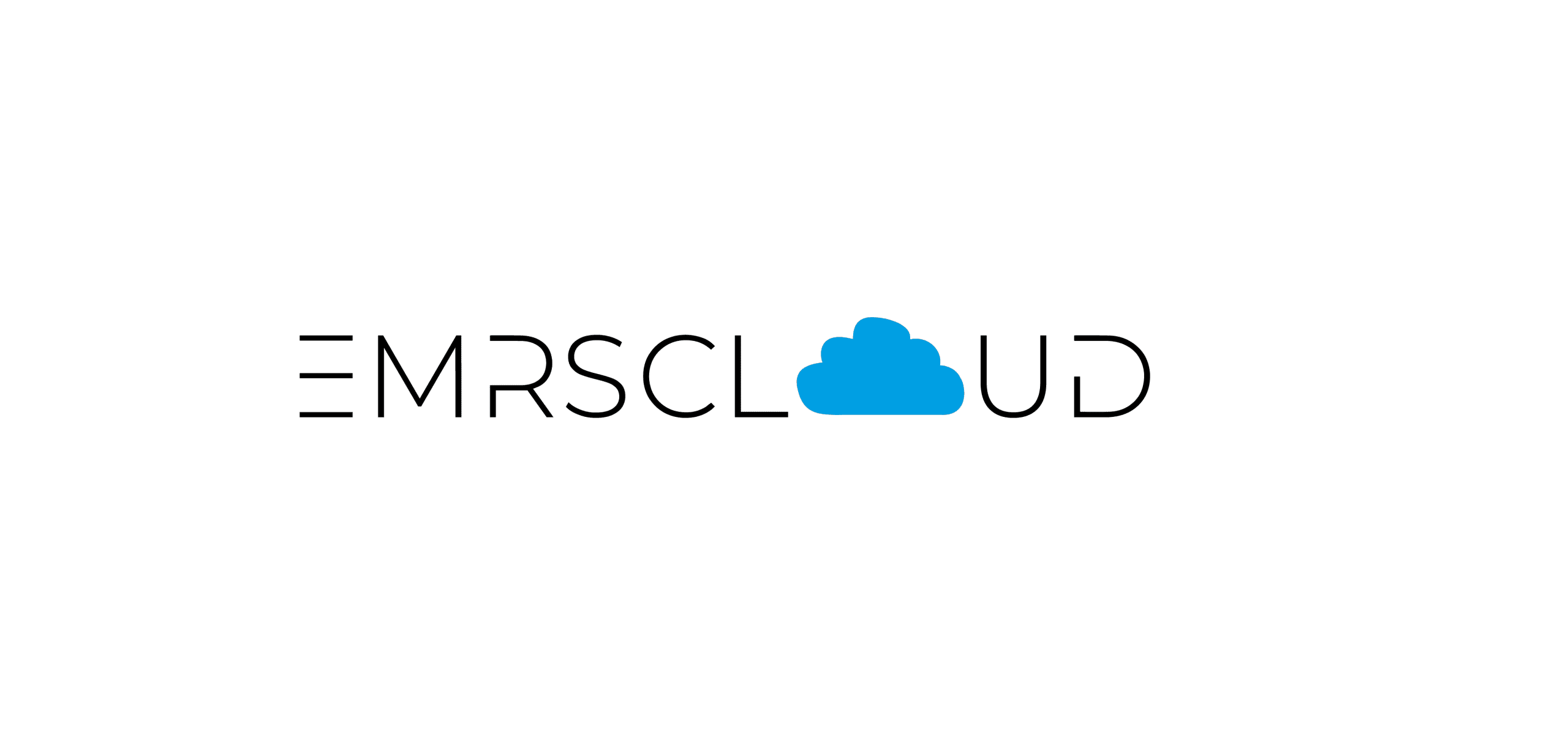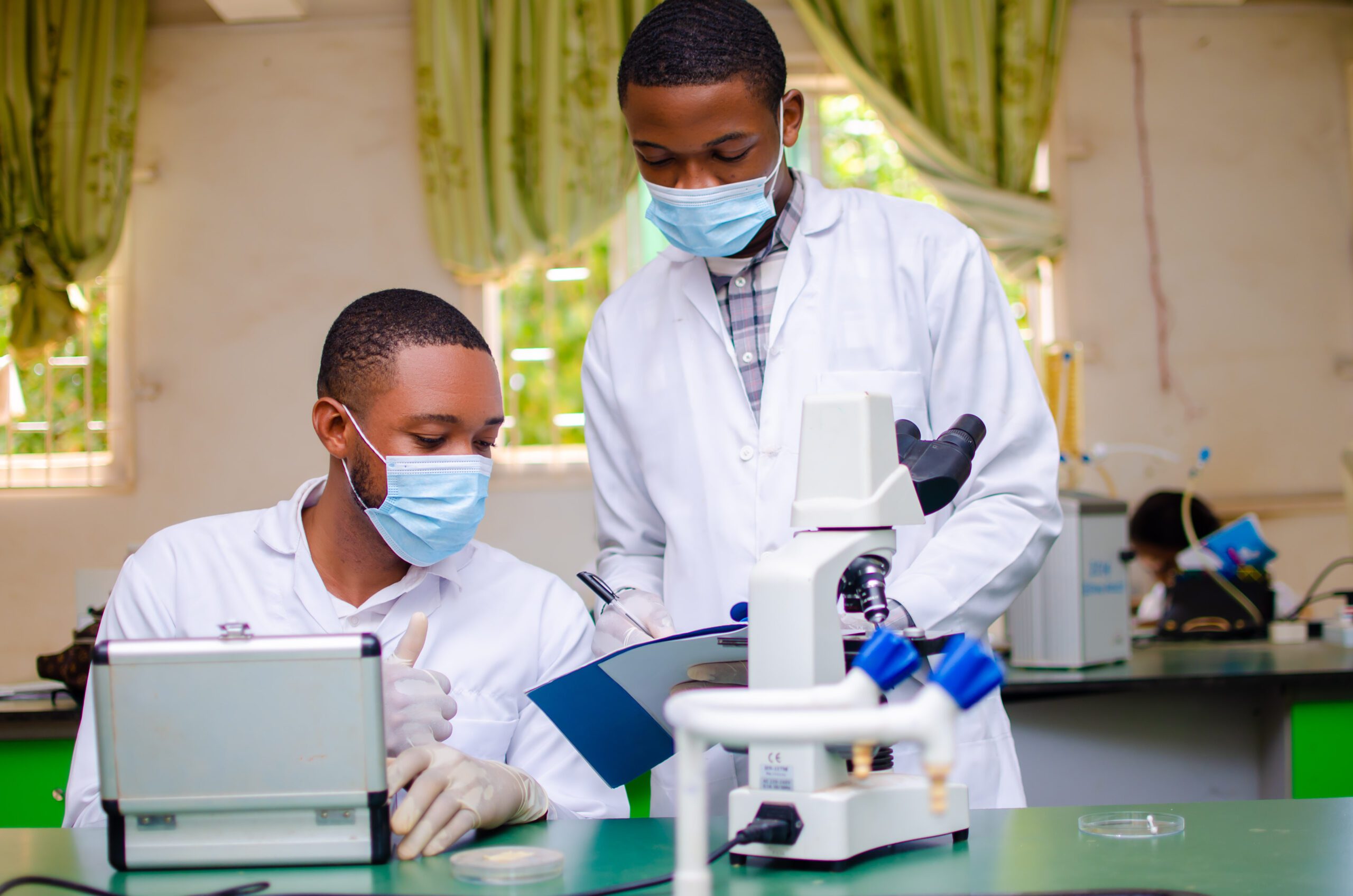Paper, paper and even more paper… That is how everyday life in Nepali healthcare facilities used to look like. In a separate room, packed up on shelves, hundreds of patients’ medical records were stored. The history of their lives, filed in thin paper folders. Unprotected from natural disasters nor from human mistakes, that sometimes make their way into the paper and impair the effectiveness of healthcare.
We invite you to read this article and find out how OpenMRS helped in transforming the local medical records system to help save lives.
NepalEHR implementation at Bayalpata Hospital
Bayalpata Hospital is located in Achham, Nepal. It is one of the poorest and most remote regions in the whole country. For some of the patients it takes many days to get to the hospital, often traveling on foot. The facility was built thanks to the collaboration of Nepal government and Possible – an organization focused on spreading access to high-quality healthcare around the world.
In a region troubled by poverty and insufficient number of medical personnel, Bayalpata Hospital plays a big role in supporting the local healthcare system. Therefore, it needs to be able to offer high-quality, efficient help. To support this mission, Possible collaborated with ThoughtWorks on implementing an electronic medical records system that would meet the needs of the hospital.
That is how Bahmni was chosen. It is an open-source Hospital Information System (HIS) and Electronic Medical Record (EMR) that aims to meet the needs of low resource environments by combining already existing open-source products.
Bahmni includes:
- OpenMRS (open-source medical records system);
- Odoo (open-source inventory and resources management tool);
- OpenELIS (open-source lab information system).
Bahmni was then combined with CommCare mobile platform and DHIS2 data visualization platform, all together forming NepalEHR – an integrated implementation of hospital-based (Bahmni), community-based (Commcare), and data visualization (DHIS2) tools configured to meet Nepal’s healthcare system needs.
The integrated system consists of the following futures:
- Patient registration (OpenMRS)
- Patient medical records (OpenMRS)
- Lab orders and results (OpenMRS <> OpenELIS)
- Prescription and dispensing (OpenMRS <> OpenERP)
- Inpatient bed management (OpenMRS)
- Supply chain management (OpenERP)
- Radiology orders and DICOM image viewing (DCM4Che <> OpenMRS)
- HMIS reporting (OpenMRS)
- Mobile data collection with assisted decision making (Commcare)
The process of implementation and staff training went more smoothly than it was expected, proving the system to be highly intuitive and user-friendly.
How the new system helps Nepali patients
Since the implementation of NepalEHR, the hospital’s workflow has been smoother and more effective. The system guides and assists patients and physicians through every phase of the appointment and treatment process.
First, at the registration, the patient gives his personal data, that is then entered into the system, for the future reference. Having the data saved in digital format is very convenient, easy to check, and helps in planning treatments. After the registration, the patient receives a card with his ID, and is then referred to a proper department, depending on what type of medical care they need.
Each department is equipped with a laptop that gives physicians access to every data regarding a patient’s medical history, past appointments, treatments and medications. During the appointment physician is taking notes in the system, and making sure that any important information won’t get lost somewhere in a pile of papers. If any further examination is needed, the patient is then again referred to a proper department, where their ID card is once again scanned. After the examination the results are saved in the database and easy to access by the physician, to make decisions regarding treatment.
EHR helps with record keeping, better follow-up care, and clarity of the data. Patients do not have to carry a pile of papers around the hospital anymore, nor do physicians need to search through them for every piece of information.
According to dr. Mandeep Pathak, orthopedic surgeon at the Bayalpata Hospital, EHR serves as an especially great tool for specialists dealing with visual data (e.g. x-rays), like himself. Orthopedic treatment is often a long-term one. Patients tend to come back for appointments sometimes after 2-3 years. Due to the long gap between visits, they notoriously lose their x-rays, making it difficult for the physician to properly plan further treatment, having no data for the reference. With EHR their work is less troublesome, as all of the visual data is stored in the system and easy to access.
Reporting medical data to the government is easier and quicker as well. It used to take about a week for the hospital personnel to collect the data and enter it into the system. Now, with help from EHR, it takes only 1-2 days.
Faced with the global pandemic of COVID-19, the EHR system proved to be even more useful. It helped the facility adapt to the new circumstances easily. Storing data digitally also enabled physicians to treat patients remotely, as everything is accessible through the system and there is no need to receive lab results in a physical form. It lowers the risk of infection for both the patients and the physicians.
We encourage you to watch the following video and find out more about the functionalities of the EHR system directly from the local personnel that is using it at work every single day:
Sources
The First International Implementation of Bahmni OpenMRS
Possible | Digitizing Healthcare In Rural Nepal
OpenMRS Conference Session: NepalEHR Implementation
Bayalpata Hospital, A Model of Sustainable Rural Health
Bahmni Wiki
OpenMRS Wiki | Bahmni Distribution


